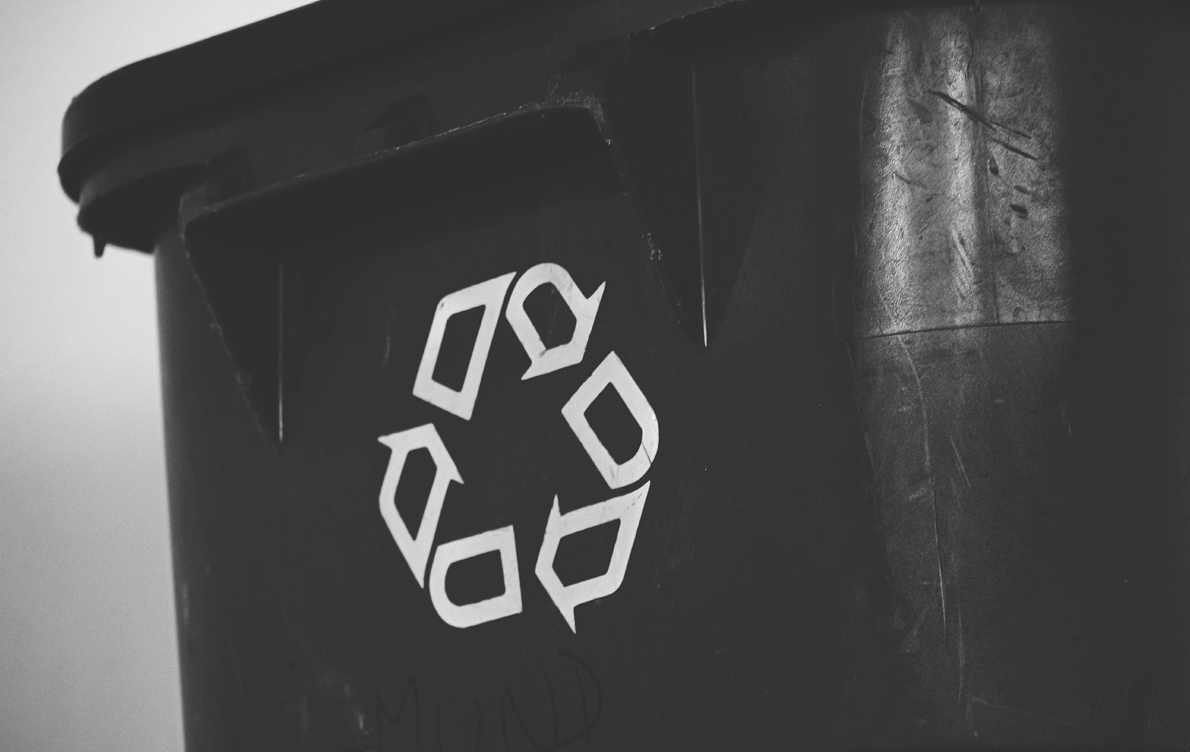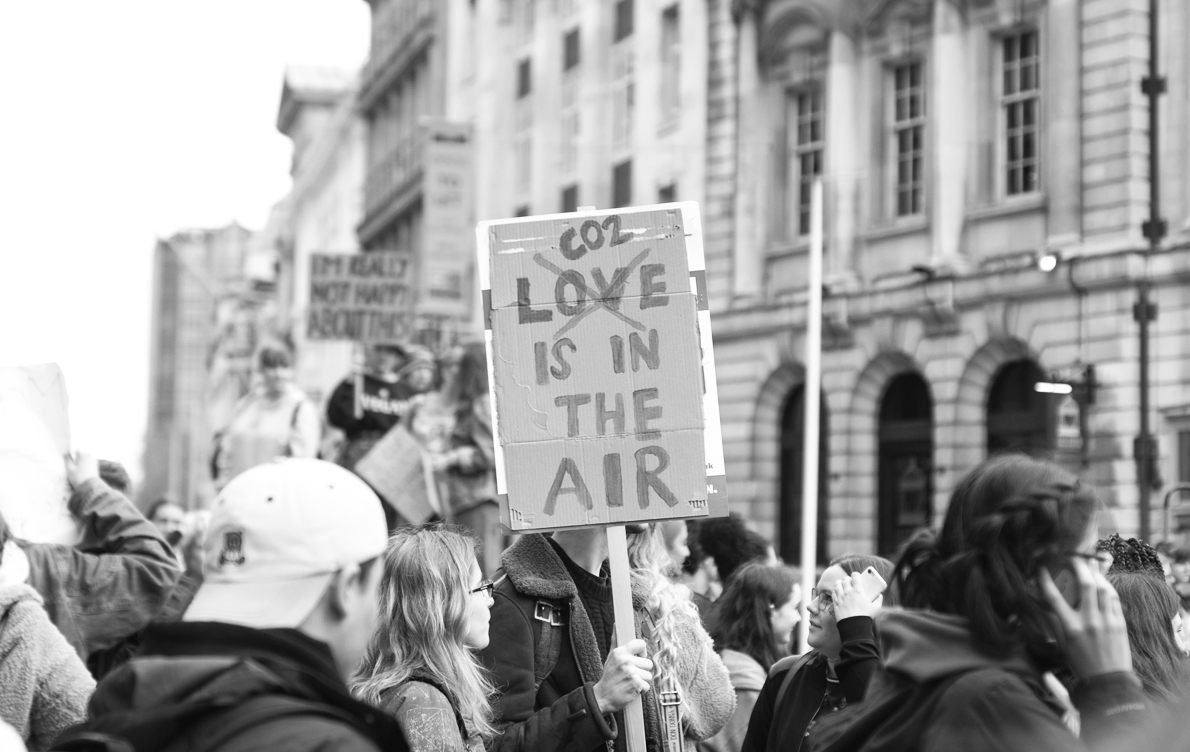Environmental and Energy Projects within the American Recovery and Reinvestment Act
On February 17, 2009, President Obama signed into law the American Recovery and Reinvestment Act of 2009, also known as the Stimulus Bill. Among the numerous programs encompassed within the Stimulus Bill are significant proposed expenditures for environmental and energy projects. There are many opportunities for businesses to capitalize on the federal funding and tax incentives provided by the Stimulus Bill. But those businesses need to move swiftly to make sure they do not miss out on these opportunities.
Energy Programs
The Stimulus Bill includes approximately $30 billion for projects relating to the generation, transmission and distribution of renewable energy and approximately $5 billion for energy efficiency projects, including projects to weatherize certain properties. There are many opportunities for companies involved with the various aspects of renewable energy and energy efficiency to capitalize on the available funding within the Stimulus Bill. There may also be funds available for commercial or industrial property owners to help fund investments in energy efficiency technologies which have the potential to significantly reduce the future property operating costs.
- Renewable Energy. Allocations in the Stimulus Bill include (a) $6 billion in loan guarantees for renewable energy generation and transmission projects, (b) $11 billion for research, development and pilot programs relating to the so-called “Smart Grid,” which will enable greater development and use of renewable power sources, and (c) $2.5 billion for research related to renewable energy and energy efficiency. Also included in the Stimulus Bill are tax cuts for businesses investing in renewable energy technologies. Here is the link to the US Department of Energy discussion of the Stimulus Bill: http://www.energy.gov/recovery/index.htm
- Energy Efficiency. The Stimulus Bill also includes (a) $5.25 billion to make lower income housing more energy efficient, (b) $6.3 billion in grants for state and local government energy efficiency investments and (c) $300 million for consumer rebates for purchasers of energy efficient “Energy Star” appliances. The Stimulus Bill also includes tax cuts for individuals investing in residential energy efficiency improvements.
Environmental Programs
In total, the Stimulus Bill includes approximately $18.8 billion dollars in federal spending for environmental projects relating to site remediation, water infrastructure and flood control and mitigation projects. There may be opportunities to include funding for water infrastructure projects into on-going or planned development or redevelopment projects. Additionally, increased funding to the federal brownfields program may provide sufficient stimulus to continue planned redevelopments.
- Property Remediation. $600 million is allocated to the United States Environmental Protection Agency to fund the cleanup of hazardous waste sites listed on the National Priorities List, which is the USEPA’s list of some of the most contaminated sites in the nation. With this increased spending to cleanup Superfund sites, we expect there to be a potential rise in federal cost recovery litigation as the USEPA attempts to recoup those cleanup costs from the responsible parties. An additional $200 million is allocated to cleaning up properties with leaking underground storage tanks, and $100 million is allocated for grants providing for the cleanup and redevelopment of brownfields sites. Here is the link to the USEPA brownfields program: http://www.epa.gov/brownfields/
- Clean Water State Revolving Fund. $4 billion is allocated to the states to fund loans administered under the Clean Water State Revolving Fund. This fund is designed to upgrade wastewater treatment systems and address stormwater management, nonpoint source pollution, and watershed and estuary management projects nationwide. Here is the link to the Clean Water State Revolving Fund: http://www.epa.gov/owm/cwfinance/cwsrf/index.htm
- Drinking Water State Revolving Fund. $2 billion is allocated to the states to fund loans administered under the Drinking Water State Revolving Fund. This Fund provides loans to support infrastructure investments for both publicly and privately owned community water systems. Here is the link to the Drinking Water State Revolving Fund: http://www.epa.gov/safewater/dwsrf/index.html#facts
- Other Water Infrastructure. $4.6 billion is allocated to the US Army Corps of Engineers for projects such as environmental restoration, flood protection and dam projects. An additional $340 million is allocated to the Natural Resources Conservation Service, an entity within the US Department of Agriculture, for watershed improvement projects, including flood protection projects and water quality protection programs. Here is the link to the Natural Resources Conservation Service: http://www.nrcs.usda.gov/
No aspect of this advertisement has been approved by the highest court in any state.
Results may vary depending on your particular facts and legal circumstances.
As the law continues to evolve on these matters, please note that this article is current as of date and time of publication and may not reflect subsequent developments. The content and interpretation of the issues addressed herein is subject to change. Cole Schotz P.C. disclaims any and all liability with respect to actions taken or not taken based on any or all of the contents of this publication to the fullest extent permitted by law. This is for general informational purposes and does not constitute legal advice or create an attorney-client relationship. Do not act or refrain from acting upon the information contained in this publication without obtaining legal, financial and tax advice. For further information, please do not hesitate to reach out to your firm contact or to any of the attorneys listed in this publication.
Join Our Mailing List
Stay up to date with the latest insights, events, and more





